Grey Zone Seizure a Consequence of Kremlin Betrayal
Introduction By Kennedy Applebaum
Quemado Institute
June 9, 2017
Revised November 29, 2017
As confirmed by the News Front article posted below, the Ukrainian Armed Forces [UAF] continue daily to invade the Donetsk and Lugansk Peoples Republics [DPR/LPR]. Over the past few weeks, Kiev forces have stepped up their advances into the so-called “grey zone,” with most of the latest invasions occuring north and northwest of Lugansk. These aggressive military ventures are in gross violation of the Minsk Agreements.
The “grey zone” consists of a de-weaponized strip about 15 km wide on both sides of the contact line, stretching from Shirokino on the Azov Sea to the Russian border east of Lugansk. In February 2015, at the time of the signing in Minsk, the southeast half of the grey zone was held by the Novorossiya Armed Forces (NAF, now referred to as the Donetsk and Lugansk militias). The one exception was the Debaltsevo pocket, which was not taken by the NAF until a few days later. However, according DPR President Alexander Zakharchenko’s proclamation at the time of the Debaltsevo victory, the de facto contact line included Debaltsevo in the territory of the DPR. This was Zakharchenko’s stated condition for signing the Minsk accords.
The Minsk document does not specify the location of the contact line. The contact line was tacitly defined as the boundary between UAF and NAF ground positions as of February 2015. Thus, the fact that the NAF held the south and east half of the grey zone means these areas officially belong to the DPR/LPR.
What the Minsk Agreement do specify are the lines behind which heavy weapons must be withdrawn. These lines are in part measured from combat positions as of September 2014, which do not exactly coincide with those of February 2015. Kiev takes advantage of this ambiguity to claim its alleged right to both halves of the grey zone.
The grey zone did not always exist, and was not part of the Minsk Agreements signed February 2015. The contact group officially created this de-weaponized zone in September of that year. By July 2015, however, DPR/LPR forces had already withdrawn from a narrow strip of the grey zone, an action not required by the Minsk Agreements. This unilateral retreat was apparently ordered by the Kremlin, following Angela Merkel’s demand that Putin use his “considerable influence” to rein in the Novorossiya Armed Forces. Putin gladly complied, sending his agent Valdislav Surkov to pressure Zakharchenko into unilaterally withdrawing. It was hoped at the time that Ukrainian forces would also withdraw, but Kiev refused.
The DPR retreat began infamously in Shirokino. As soon as the NAF vacated the town, the UAF moved in, and immediately began shelling from its new forward position.
.

When the JCCC became operational on 26 September 2014*, the first Russian representative was Lieutenant-General (2 star) Aleksandr Ivanovich Lentsov. (–guerraucraina.it)
At that time, Russia already had military officers in Donbass under the auspices of the Joint Center for Control and Coordination (JCCC), a Kiev-approved body whose mission was to implement the ceasefire in partnership with the OSCE. It was the Russian officers of the JCCC who oversaw the DPR retreat from Shirokino. Many observers considered this a betrayal of Novorossiya by Putin, most likely in a vain attempt to appease the West.
At about that time, support for Novorossiya—a newly-formed confederation of the DPR and LPR which many hoped would eventually include all of Donbass—became taboo in the Donetsk and Lugansk Republics. Novorossiya symbol arm bands were removed from military uniforms, the Novorossiya flag no longer flew, and outspoken pro-Novorossiya journalists and officials were apprehended without charges.
.
The NAF proceeded to withdraw about 3 kilometers along the entire contact line, creating nether regions where residents were left undefended. In some cases, the local people could no longer drive to grocery stores due to newly established Ukrainian checkpoints.
This betrayal of Novorossiya, by none other than Vladimir Putin himself, is the origin of these abandoned regions. It was only a matter of time before Kiev began capturing these regions, an unneeded loss of territory we first predicted on the day of the Shirokino retreat.
All that surprises us is how long it has taken for Kiev to seize the entire grey zone. Two years later, their advance continues.
.
.
Major Donbass Battle in Lugansk: Dozens Dead
News Front Information Agency
Edited by Quemado Institute
June 9, 2017
LUGANSK / Word is now coming out that in the last day, a major combat action has taken place in the Lugansk People’s Republic [LNR] with dozens killed from both sides of the lines of contact. These are the facts as currently available.
On June 7-8 there was fierce fighting for the Zholobok settlement in the Lugansk region. Both the Ukrainian side and the Donbass LNR freedom fighters reported dozens killed and injured.
One of the battalions of the Armed Forces of Ukraine (AFU) of the 93rd Mechanized Brigade suddenly moved forward into the gray zone from the Krymskoye settlement in the south towards the separatists’ position along the Bakhmut route.
The Ukrainian military managed to advance half a kilometer directly forward, and nearly a kilometer on the flanks. According to the Ukrainians manipulation of the Minsk agreements from September 2014, the entire Bakhmut route is supposed to be under the AFU’s control, as well as Debaltsevo and Vuhlehirsk. Consequently, any change in the line of conflict in this zone can be considered exclusively advancement in the AFU’s own territory by Kiev’s mistaken logic.

Click to enlarge. Areas of recent UAF advances. Zhelobok upper left, Lugansk lower right, June 8, 2017. (–Fort Russ)
Which is not correct, because Minsk clearly says that before border control is returned to Kiev, conditions like elections, amnesty, autonomy and every last American soldier in the Ukraine must leave-before border control is returned.
This advancement caused a lot of strategic and tactical problems for the Kiev backed forces; directly opposite the captured territory lies the intersection of the Bakhmut route and the road to Stakhanov with the blockpost no. 31, taken by the freedom fighters [Novorossiya Armed Forces] during the Debaltsevo operation in January 2015.
The advancement of the AFU has brought a large section of the Bakhmut route within the firing range of the Ukrainian artillery, which kills civilians regularly from these positions.
The AFU’s advancement in this region was driven by many things. It is practically the only place on the Lugansk front where the AFU’s positions are located behind the Siversky Donets [River], and the only road along which the armed forces in the area of the Krymske and Sokolniki settlements receive supplies. And since it runs along the far bank, it can easily be hit with artillery fire. Poroshenko demanded Turchynov take the position or resign as Minister of Defense.
The positions of the Ukrainian military approached the Zholobok settlement, which was also unacceptable for the LNR militia forces. This is why the serious escalation took place here. After pulling up their artillery, the Lugansk forces proceeded with a counter attack.
During the operation, 78 Ukrainian soldiers were killed and 21 people were wounded. 11 of the casualties and 8 of the injuries took place around Zholobok. Oleksandr Motuzyanyk, spokesperson for the Ministry of Defense on matters of the Anti-Terrorist Operation (as the war in the Donbass is called in Kiev backed Ukraine) reported that the situation around the Zholobok settlement in the Lugansk region had stabilized after intense fighting in this area on June 7. Lugansk forces are still engaged in combat at this time as the battle continues locally.





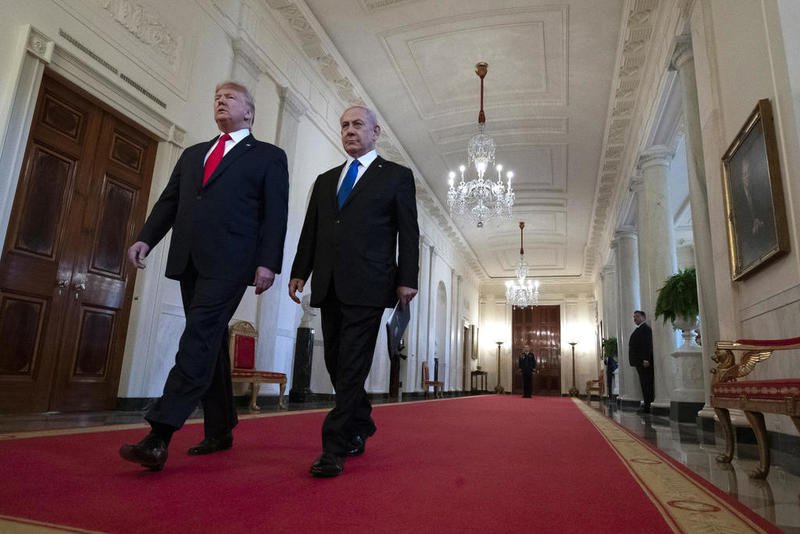


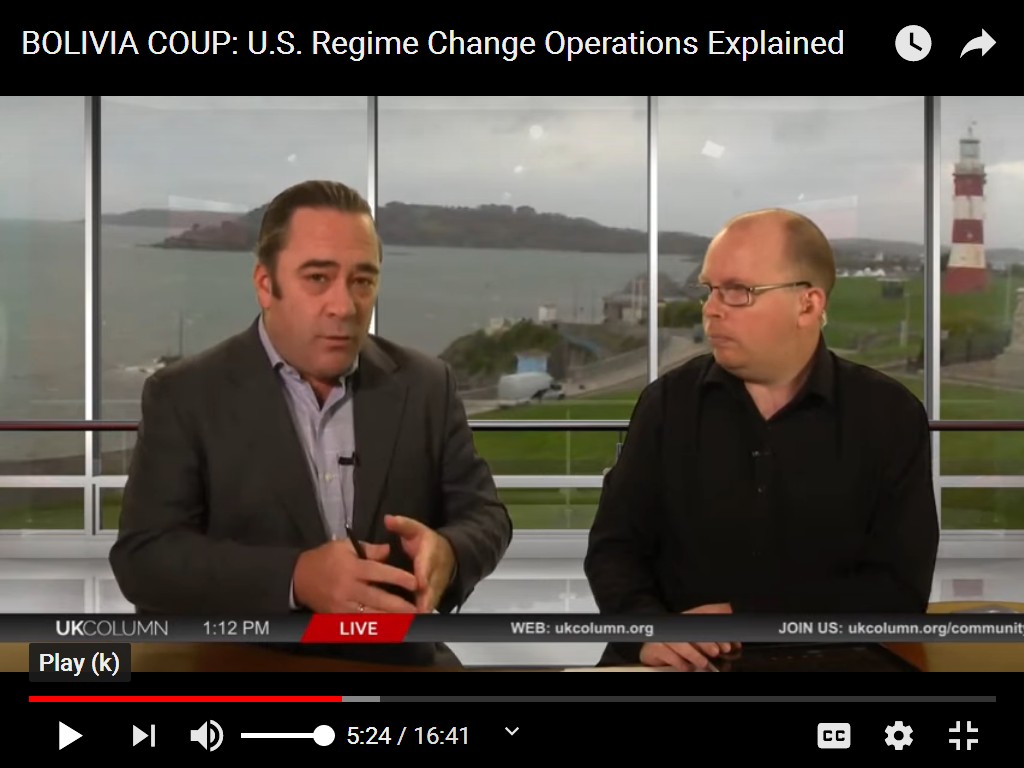


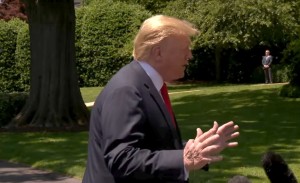





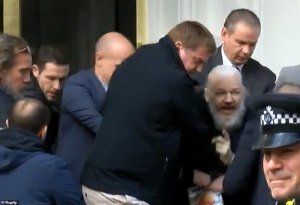











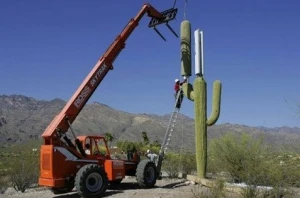


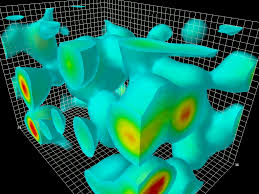











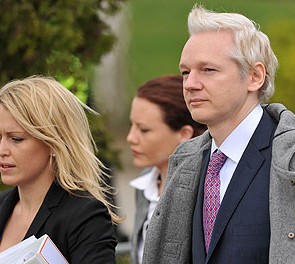









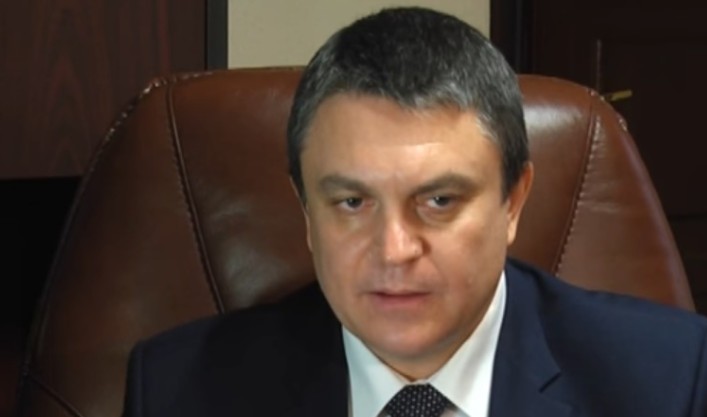






Discussion
No comments yet.